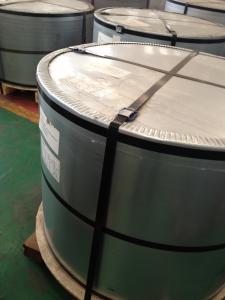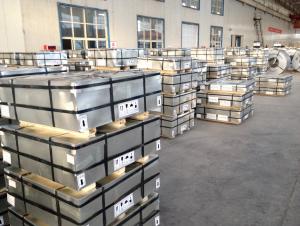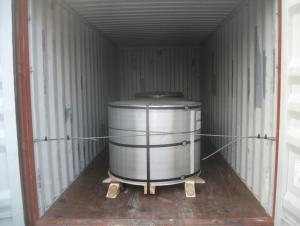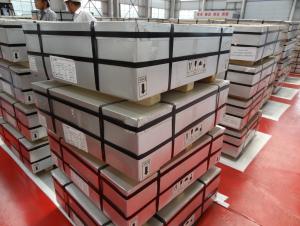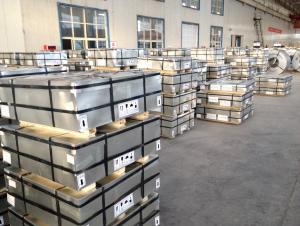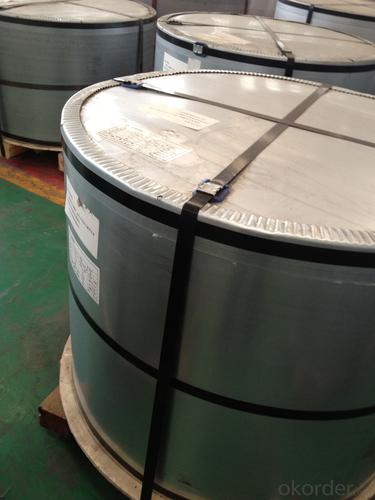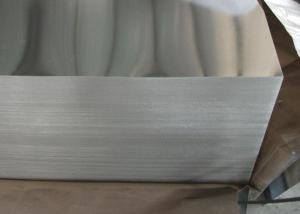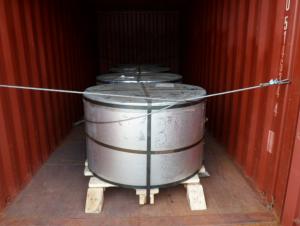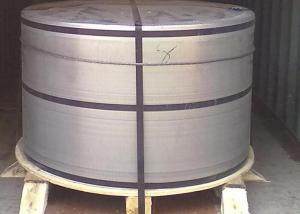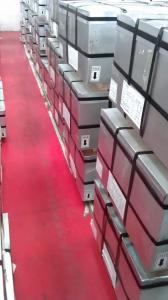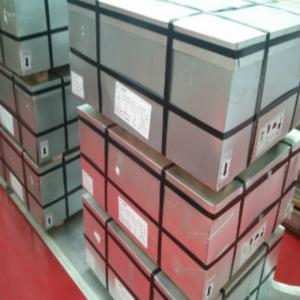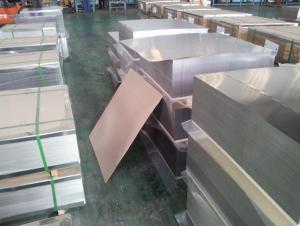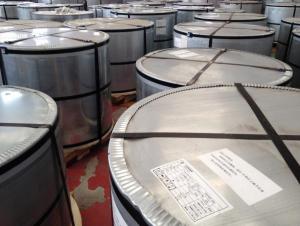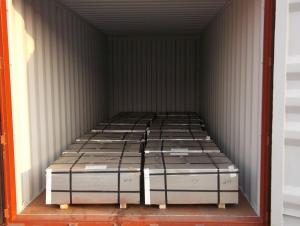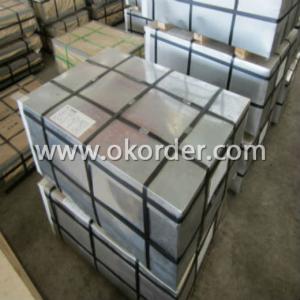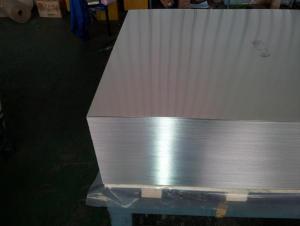Thailand Use Tinplate For Cookie Can-CHBA
- Loading Port:
- Tianjin
- Payment Terms:
- TT/LC
- Min Order Qty:
- 20 Tons~ 25 Tons m.t.
- Supply Capability:
- 40000 MT Per Month m.t./month
OKorder Service Pledge
OKorder Financial Service
You Might Also Like
General information of Tinplate For Cookie Can
Steel Type | MR |
Temper (BA&CA) | T1~T5, DR8 |
Coating | 2.8~8.4g/m2 |
Thickness & Tolerance | 0.15~0.5mm (Tolerance:±0.01mm) |
Width & Tolerance | 600~1000 mm(Tolerance: +2/-0mm) |
I.D | 508 MM |
Coil Weight | 3~10 MT |
Passivation | 311 |
Oiling | DOS |
Surface Finish | Bright ,Stone ,Silver ,Matte |
Min Order | 25 Tons for 1 20 feet FCL |
Package | Seaworthy Export Standard Wooden Pallet |
Standard Available | GB/T2520-2000, JIS G3303, ASTM A623, BS EN10202 |
Lead Time | 35 days after receiving buyer's original L/C or Prepayment |
Special specifications are available on customers' requirements. | |
Technical data of Tinplate For Cookie Can
Chemical Composition(%) | Mechanical Property |
C:0.02~0.04 | Yield Strength: (Mpa):280~320 |
Si:0.01~0.03 | TensileStrength: (Mpa):340~390 |
Mn:0.18~0.22 | Elongation:20%~30% |
P:0.014~0.016 | ------------- |
S:0.006~0.009 |
Application of Tinplate For Cookie Can
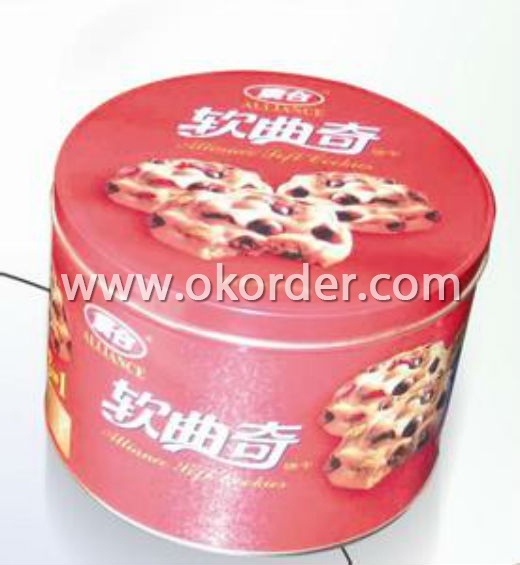
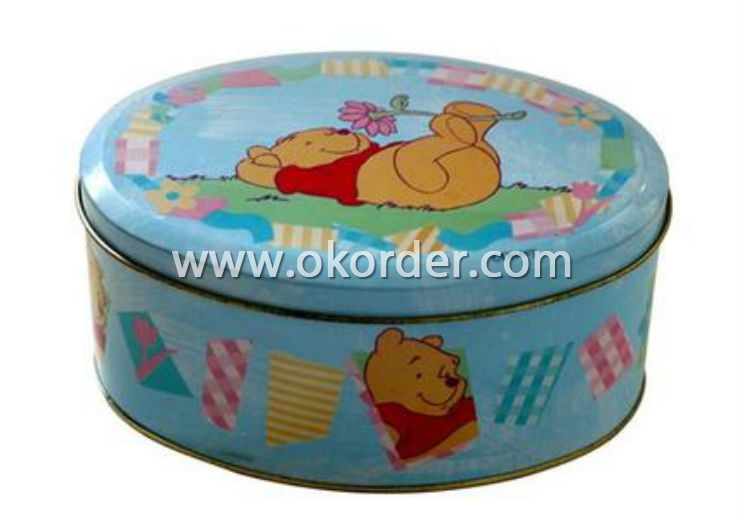
Tinplate is widely used for making all types of containers such as artistic cans, tea cans, painting cans,
chemical package cans and metal printing etc. Its applications are not limited to containers; recently,
tinplate has also been used for making electrical machinery parts and many other products.
Equipment and Facility
Tin Coating Line
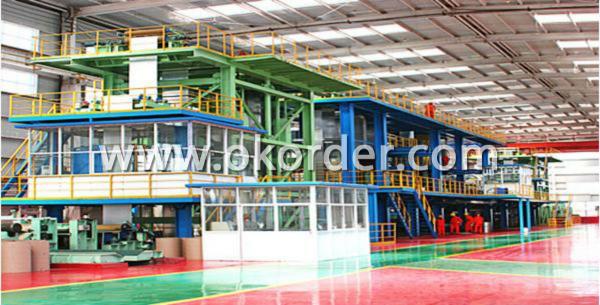
Cold Rolling Mill Batch Annealing Furnaces
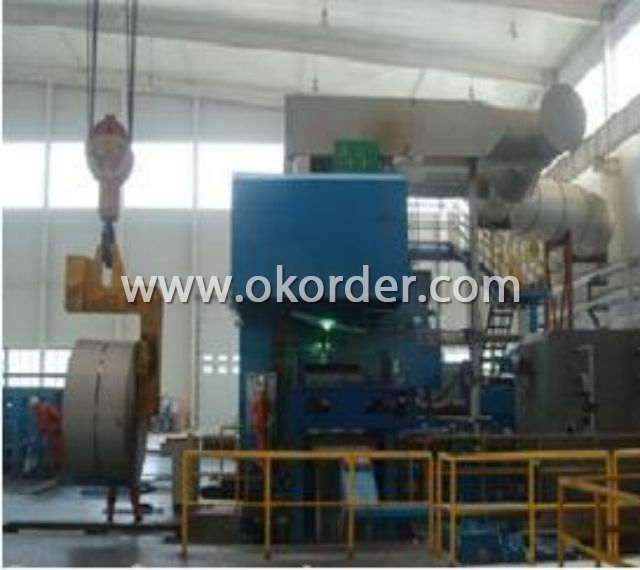
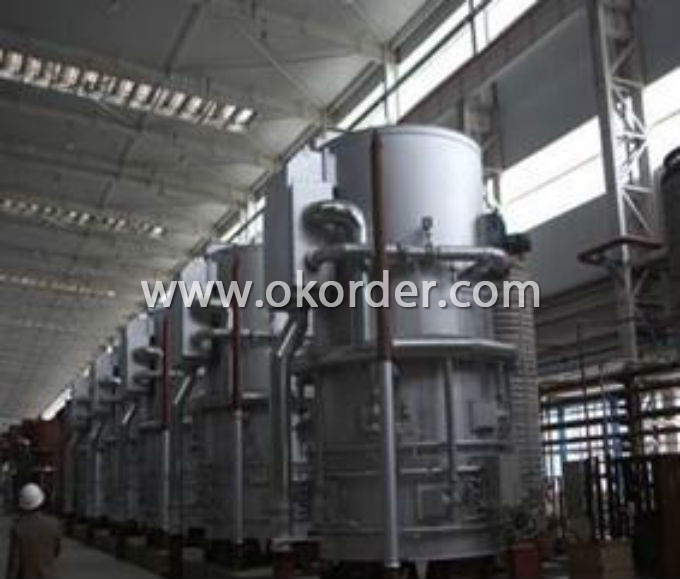
Cutting Line Stock Area
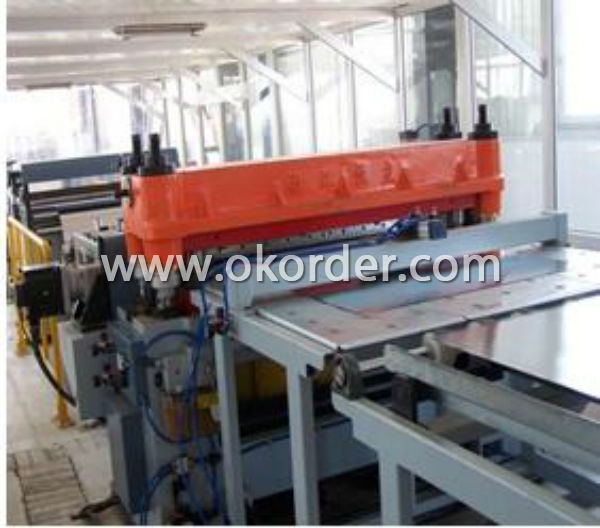
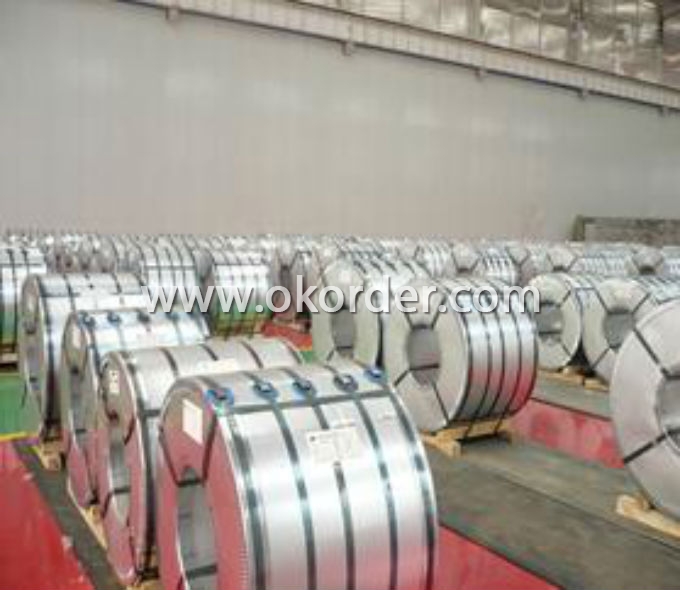
Quality Control System
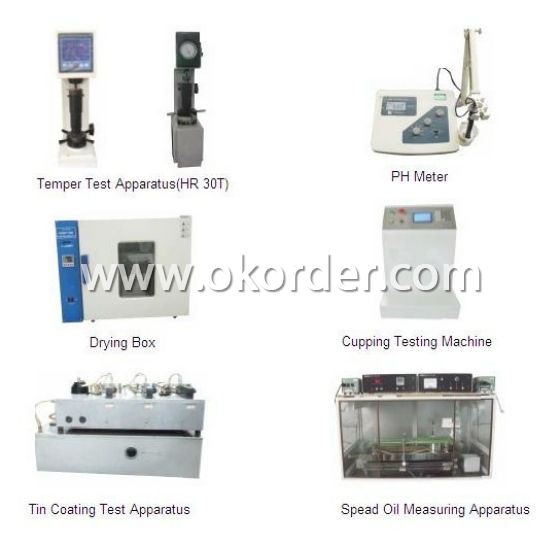
- Q: Can tinplate be painted or coated with other materials?
- Yes, tinplate can be painted or coated with other materials. Tinplate has a smooth surface that allows for effective adhesion of paint or coatings. This enables various finishes, protective coatings, or decorative designs to be applied to tinplate surfaces.
- Q: What are the main applications of tinplate in the tobacco industry?
- Tinplate is commonly used in the tobacco industry for packaging cigarettes and other tobacco products. It provides a protective barrier against moisture, light, and oxygen, helping to preserve the quality and freshness of the tobacco. Tinplate also offers a visually appealing and durable packaging solution, contributing to the overall branding and marketing of tobacco products. Additionally, tinplate can be easily decorated or embossed, allowing for intricate designs and customization options that enhance product differentiation on store shelves.
- Q: What are the advantages of using tinplate for cosmetic packaging?
- There are several advantages of using tinplate for cosmetic packaging. First, tinplate is highly durable and provides excellent protection to the cosmetic products, ensuring their integrity during transportation and handling. Second, tinplate is resistant to corrosion and can withstand moisture, which is crucial for preserving the quality and shelf life of cosmetics. Third, tinplate is a sustainable packaging option as it is 100% recyclable and can be reused multiple times, reducing the environmental impact. Lastly, tinplate offers a premium and attractive appearance, enhancing the overall aesthetic appeal of cosmetic packaging and leaving a positive impression on consumers.
- Q: How is tinplate used in the wine and spirits industry?
- Tinplate is commonly used in the wine and spirits industry for packaging purposes. It is often used to make metal cans or containers that hold wine and spirits. Tinplate helps to ensure the integrity and longevity of the product by providing a protective barrier against light, oxygen, and other external factors that can affect the quality and taste of the beverage. Additionally, tinplate can be decorated with various designs and branding, enhancing the overall aesthetic appeal of the packaging.
- Q: How does tinplate packaging affect the shelf life of products?
- Tinplate packaging can significantly extend the shelf life of products. Tinplate is a durable and corrosion-resistant material that provides an effective barrier against moisture, oxygen, and light. This protective layer helps to prevent spoilage, maintain product quality, and prolong the freshness of food and other perishable items. Additionally, tinplate packaging offers enhanced protection against external contaminants, such as bacteria, ensuring the safety and integrity of the product throughout its shelf life.
- Q: How does the tin coating affect the weldability of tinplate?
- The tin coating on tinplate actually improves the weldability of the material. It acts as a protective layer, preventing oxidation and minimizing the formation of impurities during the welding process. This results in a stronger and more reliable weld, making tinplate a preferred choice for various applications requiring good weldability.
- Q: What is the global demand for tinplate?
- The global demand for tinplate is significant and steadily growing due to its versatile applications across various industries, such as packaging, automotive, construction, and electronics. Tinplate's corrosion resistance, durability, and aesthetic appeal make it a preferred choice for manufacturing cans, containers, and other packaging materials. Additionally, the increasing focus on sustainability and recyclability has further boosted the demand for tinplate as it is highly recyclable.
- Q: How is tinplate coated for construction materials?
- Tinplate is typically coated for construction materials through a process called electrolytic tin coating. This involves immersing the tinplate into an electrolyte solution and passing an electric current through it. The tinplate acts as the cathode, and tin from the anode is deposited onto its surface, creating a thin layer of tin coating. This coating enhances the corrosion resistance and durability of the tinplate, making it suitable for construction applications.
- Q: Can tinplate be used in extreme temperatures?
- Yes, tinplate can be used in extreme temperatures. Tinplate is known for its excellent heat resistance properties, making it suitable for applications that require withstanding high temperatures.
- Q: What is the thickness range of tinplate?
- The thickness range of tinplate typically varies from 0.13mm to 0.50mm.
1. Manufacturer Overview
| Location | Hebei,China |
| Year Established | 2009 |
| Annual Output Value | Above US$100 Million |
| Main Markets | North America;South America; Eastern Europe Southeast Asia; Africa; Mid East Eastern Asia; Western Europe; Central America Northern Europe; Southern Europe; Domestic Market |
| Company Certifications | HACCP;ISO 9001:2008;ISO 14001:2004 |
2. Manufacturer Certificates
| a) Certification Name | |
| Range | |
| Reference | |
| Validity Period |
3. Manufacturer Capability
| a) Trade Capacity | |
| Nearest Port | Tianjin |
| Export Percentage | 11% - 20% |
| No.of Employees in Trade Department | 6-10 People |
| Language Spoken: | English;Chinese |
| b) Factory Information | |
| Factory Size: | Above 270,000 square meters |
| No. of Production Lines | Above 12 |
| Contract Manufacturing | OEM Service Offered |
| Product Price Range | High;Average |
Send your message to us
Thailand Use Tinplate For Cookie Can-CHBA
- Loading Port:
- Tianjin
- Payment Terms:
- TT/LC
- Min Order Qty:
- 20 Tons~ 25 Tons m.t.
- Supply Capability:
- 40000 MT Per Month m.t./month
OKorder Service Pledge
OKorder Financial Service
Similar products
Hot products
Hot Searches
Related keywords
